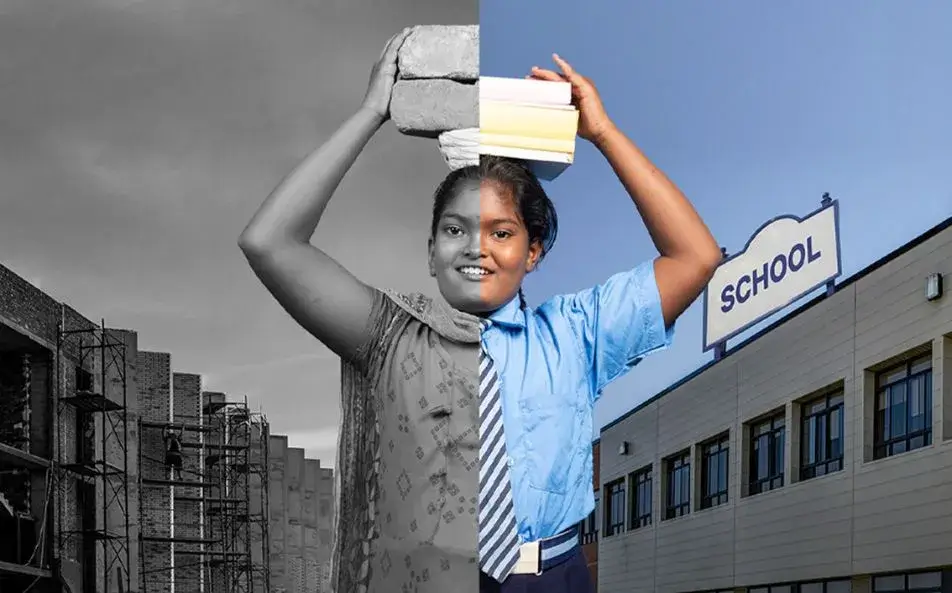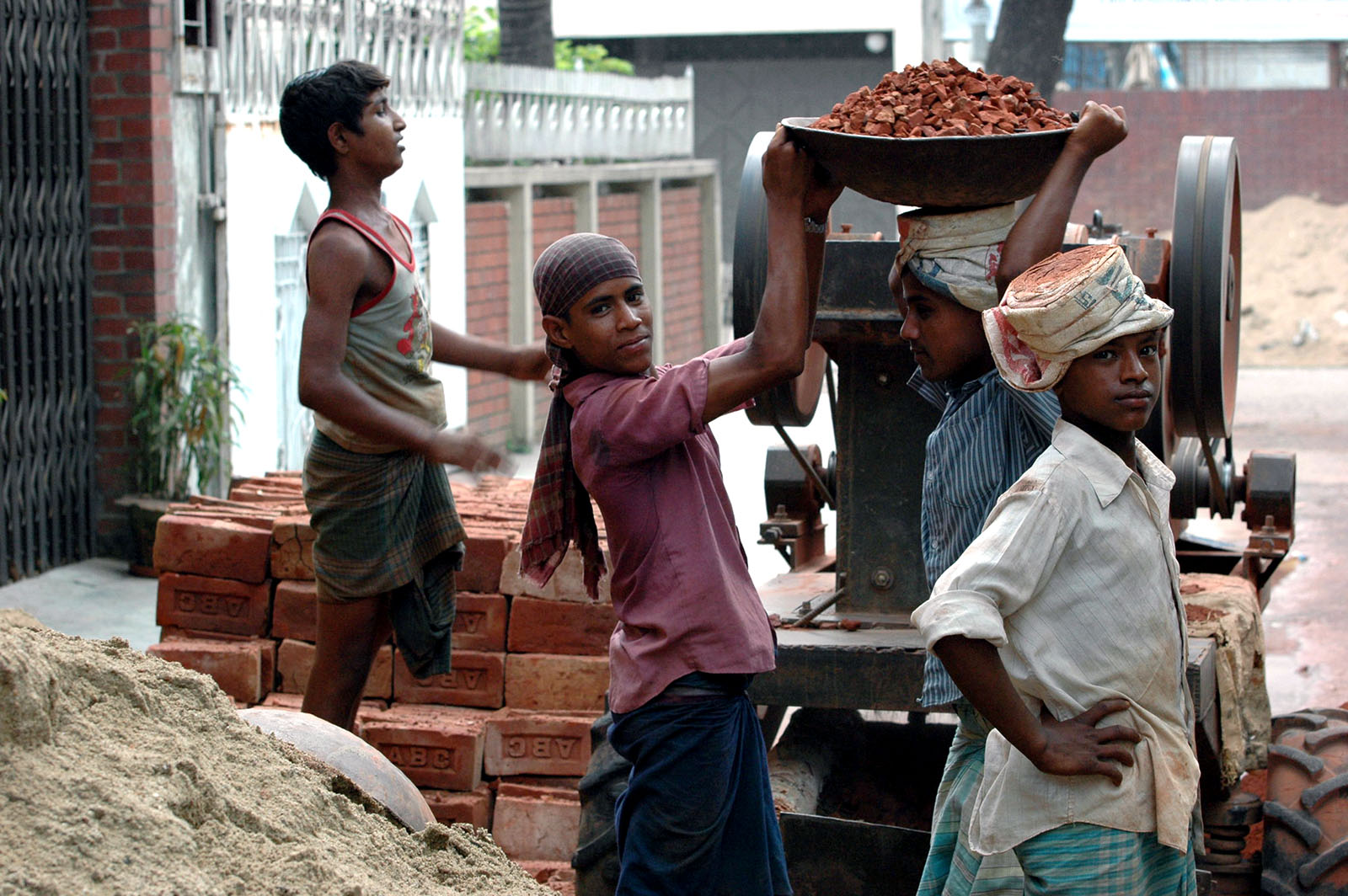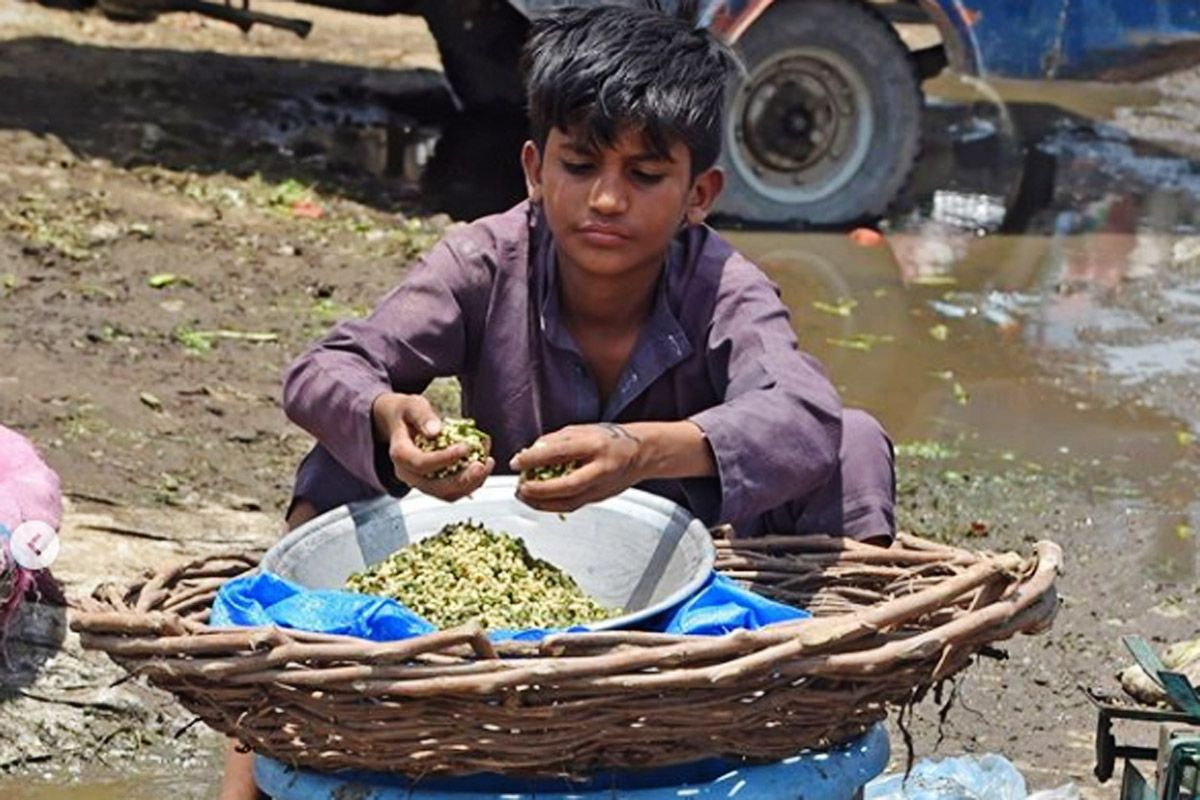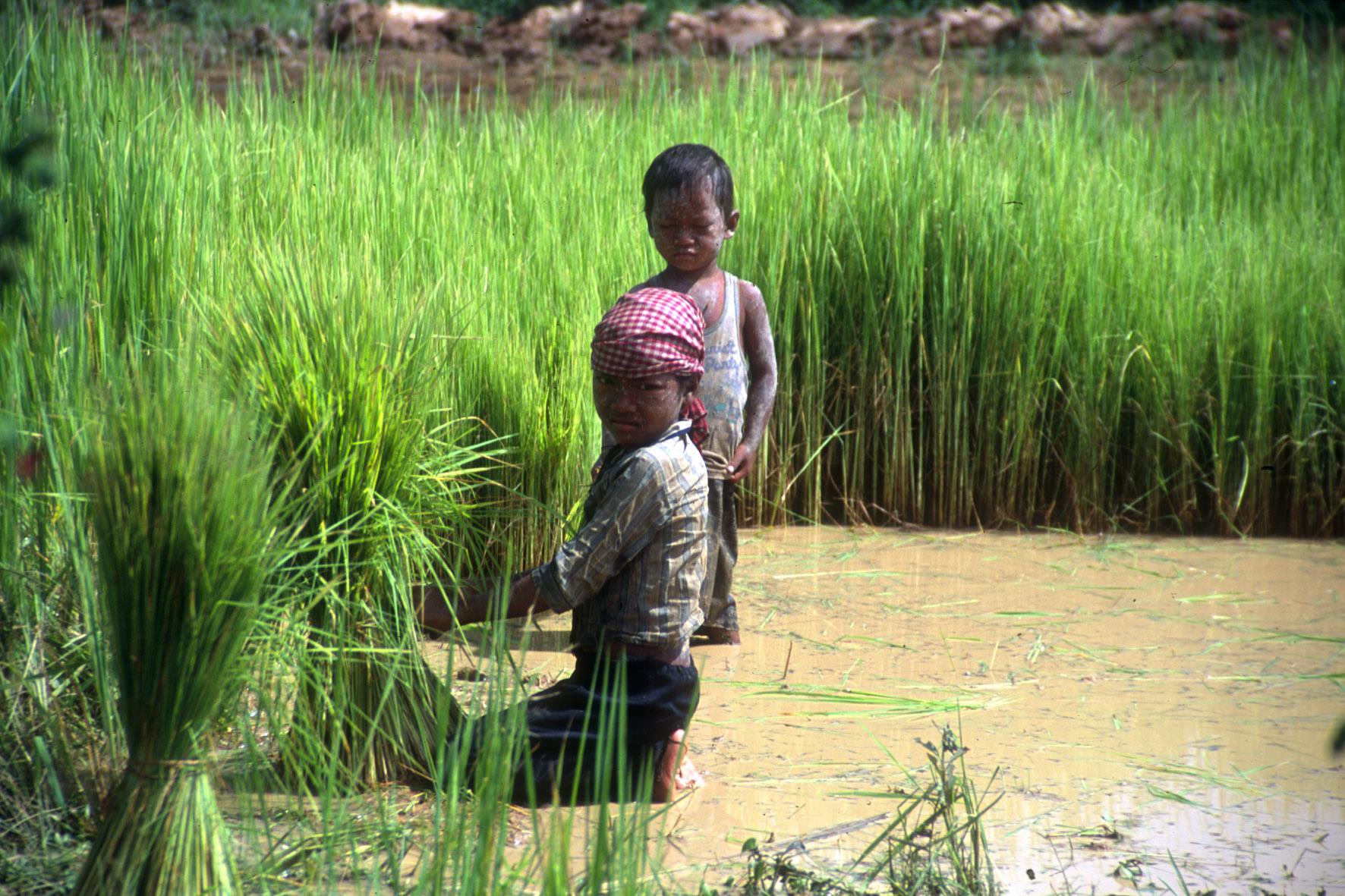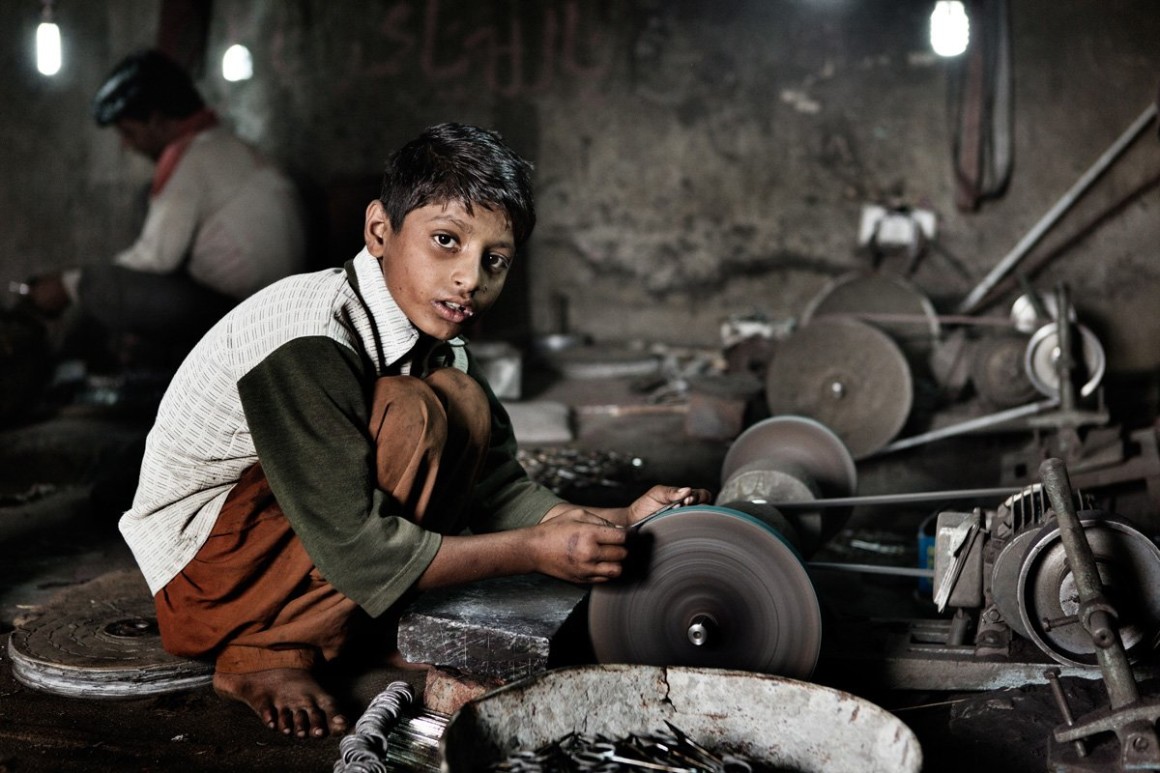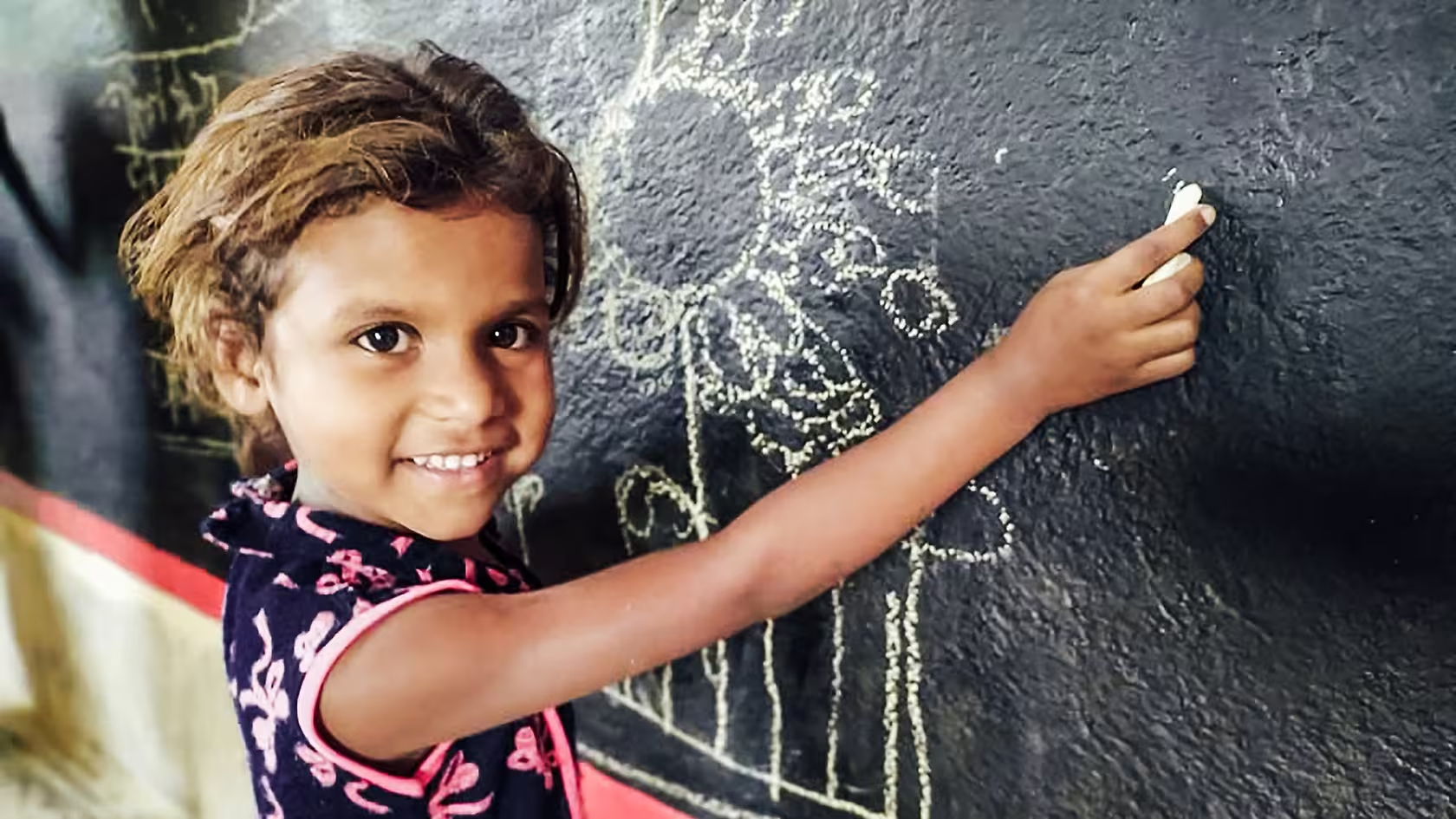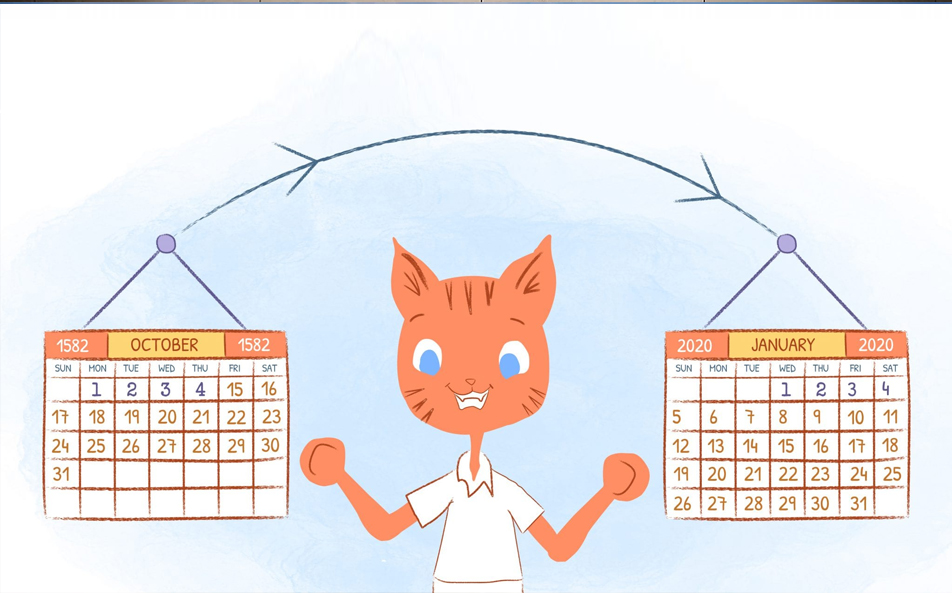
The United Indian

Did you know?
According to UNICEF, around 160 million children (aged between 5-17) were involved in child labour globally in 2020. That's nearly 1 in 10 children worldwide! Sadly, the COVID-19 pandemic is estimated to have pushed an additional 9 million children into child labour. These numbers paint a bleak picture, highlighting the magnitude of this issue. Hence its important to understand the underlying child labour causes and effects and solutions.
Imagine a world where playgrounds echo with laughter, not the clang of machinery. A world where classrooms hum with curiosity, not the silence of exhaustion.
Sadly, for millions of children globally, this world remains a distant dream.
Children- our future, brimming with potential and a thirst for knowledge.
Child labour, a practice that exploits and robs children of their education, health, and fundamental rights, persists in the 21st century.
Child labor remains a persistent issue across the globe, robbing millions of children of their childhood and denying them opportunities for education and a better future. This blog dives into the brutal facts of child labour, examining the underlying reasons, the catastrophic impact on young lives, and the remarkable efforts happening to deconstruct the system. We'll look at the various child labour causes and effects and offer practical ways on how to prevent child labour that can pave the path for a better future for all children.
Where Does Child Labour Thrive?
The problem of child labour in India is most prevalent in low- and middle-income countries. Sub-Saharan Africa has the highest rate, with over one in four children engaged in child labour. Agriculture remains the largest employer of child labour, followed by the service sector and industry. To dive further into the issue, its important to understand the various child labour causes and effects.
Understanding the Factors Behind Child Labour
1. Poverty's Crushing Grip: The primary culprit behind child labour is poverty. In families struggling to survive, children are often seen as additional income earners. They may work in factories, fields, or even on the streets, performing hazardous tasks for meagre wages.
2. Lack of Education: Limited access to education is one of the biggest child labour causes and effects their future in a way that can not be altered. When children aren't in school, they're more likely to be pushed into work. Education equips children with skills and knowledge, empowering them to break free from poverty and seek better opportunities later in life.
3. Demand for Cheap Labour: Unethical businesses sometimes exploit children due to their lower wages and vulnerability. This not only hurts the children but also creates unfair competition for adult workers.
The Devastating Impact on Children
Child labour has a profound and negative impact on a child's physical, mental, and social well-being. Children engaged in hazardous work face physical dangers, including injuries, exposure to toxic substances, and long working hours. Their education often suffers, hindering their future prospects. Socially, they are isolated from their peers and miss out on the joys of childhood. Some of the notable impacts:
• A Life on Hold: Children forced to work lose precious years of schooling, hindering their cognitive development and limiting their future opportunities. This perpetuates the cycle of poverty, trapping families in a desperate struggle for survival. This makes it extremely important to address the issue and work on child labour solutions.
• Health at Risk: Many child laborers face hazardous working conditions, exposing them to dangerous chemicals, machinery, and harsh environments. This puts them at risk of physical and mental health problems that can last a lifetime.
• Stolen Dreams: Working long hours steals a child's chance to play, explore their potential, and develop social skills. This lack of a normal childhood can have lasting psychological consequences.
• Breaking the Chains: The fight against child labor requires a multi-pronged approach. Supporting education, providing alternative livelihoods for families, and stricter enforcement of labor laws are all crucial steps.
• Lifelong Trauma : Certain forms of child labour are considered particularly egregious. These include trafficking, slavery, and work in hazardous conditions (mining, construction, etc.). Children forced into these situations face immense physical and psychological harm.
Fighting for a Brighter Future: The Steps We Can Take
If you are also thinking “how to prevent child labour”, remember, it requires a collaborative effort from individuals, communities & government. Governments have a crucial role to play by strengthening child labour laws, enforcing them effectively, and investing in education and social protection programs. International organizations like the International Labour Organization (ILO) play a vital role in setting standards and advocating for change.
1. Education as a Priority: Child labour solutions must start with promoting quality education as literacy & skills are the most crucial tools in combating it. Governments, NGOs, and communities must prioritize making quality education accessible to all children, regardless of their socio-economic backgrounds. Schools should be safe spaces where children can learn and grow without fear of exploitation.
2. Enforcement of Laws: Strengthening and strictly enforcing laws against child labor is crucial. Governments must implement and uphold laws that prohibit child labor and ensure that violators face appropriate penalties. Additionally, regulations should be in place to monitor and regulate working conditions, especially in industries known for employing child labor.
3. Poverty Alleviation: Poverty is a significant driver of child labor, as families facing economic hardship may resort to sending their children to work to supplement household income. Addressing poverty through targeted interventions such as social welfare programs, microfinance initiatives, and job creation schemes can reduce the prevalence of child labor.
4. Awareness and Advocacy: Raising awareness about the harmful effects of child labor is essential for fostering public support and driving policy change. Advocacy campaigns can mobilize communities, governments, and businesses to take action against child labor and create a culture that prioritizes children's rights and well-being.
5. Support for Vulnerable Families: Many children are pushed into labor due to factors such as displacement, conflict, or discrimination. Providing support services is one of the most effective child labour solutions. Supporting vulnerable families including access to healthcare, housing, and social assistance can prevent them from being exploited.
6. Promoting Fair Trade Practices: Consumers can play a role in preventing child labor by supporting companies that adhere to fair labor practices. Choosing products that are certified as ethically produced and avoiding those associated with child labor can send a powerful message to businesses and incentivize responsible sourcing.
7. Investment in Alternative Livelihoods: Creating alternative income opportunities for families reliant on child labor is essential for breaking the cycle of exploitation. Vocational training programs, entrepreneurship support, and agricultural initiatives can empower parents to pursue sustainable livelihoods that enable them to support their families without relying on child labor.
8. Community Engagement and Empowerment: While planning on “how to prevent child labour”, its important to engage with communities to identify and address the root causes of child labor in Indian and globally. This is critical for long-term prevention efforts. By involving community members in decision-making processes and empowering them to advocate for their rights, sustainable solutions can be developed from the grassroots level.
9. International Cooperation: Child labor is a global issue that requires international cooperation and collaboration. Governments, NGOs, and international organizations must work together to share best practices, coordinate efforts, and provide support to countries facing the challenges of child labor.
10. Long-Term Commitment: Eradicating child labor requires a sustained, long-term commitment from all stakeholders. While progress may be gradual, every step taken towards preventing child labor brings us closer to ensuring that every child has the opportunity to grow up in a safe, nurturing environment.
Together, we can make a difference!
Conclusion
Child labour remains a global stain, robbing children of their childhood and jeopardizing their future. While progress has been made, millions still toil in hazardous conditions, denied education and basic rights.
The consequences are far-reaching. Children's health suffers, their minds are stunted, and the cycle of poverty perpetuates. Socially, child labour undermines the fabric of communities. Economically, it distorts labour markets and hinders a nation's development.
Child labour solutions require a multi-dimensional approach. Stricter laws, enforced with zero tolerance, are essential. Educational opportunities empower children and break the cycle. Supporting families through social programs removes the economic pressure to exploit children.
Eradicating child labour demands a global village. Governments, NGOs, businesses, and individuals all have a role to play. Together, we can create a world where every child has the chance to learn, grow, and reach their full potential.
Read more in Social Cause
Jun 28, 2025
TUI Staff
May 30, 2025
TUI Staff

Stay Tuned with The United Indian!
Our news blog is dedicated to sharing valuable and pertinent content for Indian citizens. Our blog news covering a wide range of categories including technology, environment, government & economy ensures that you stay informed about the topics that matter most. Follow The United Indian to never miss out on the latest trending news in India.
©The United Indian 2024

